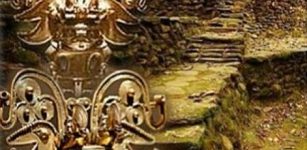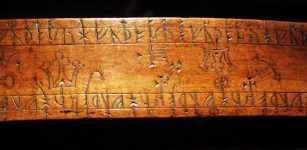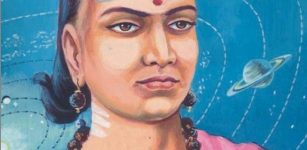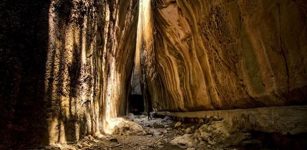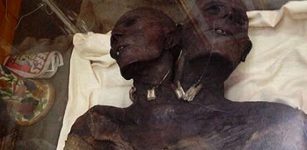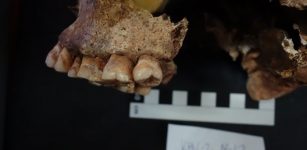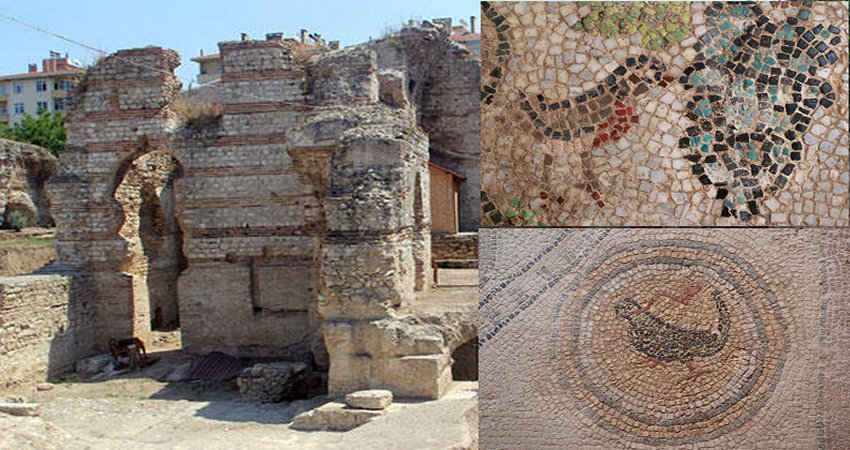Kommagene Civilization And The Ancient City Of Perge
MessageToEagle.com – Ancient city of Perge was one of the centers of the Kommagene civilization and one day, the Kommagene civilization will be brought to light.
Located in the southern province of Antalya, between the capital of the Kommagene Kingdom, Samosata (today Samsat), and Melitene (today Malatya), Perge is mentioned in several Roman resources for its beautiful water and served as a resting place for travelers, caravans and armies passing through the region.
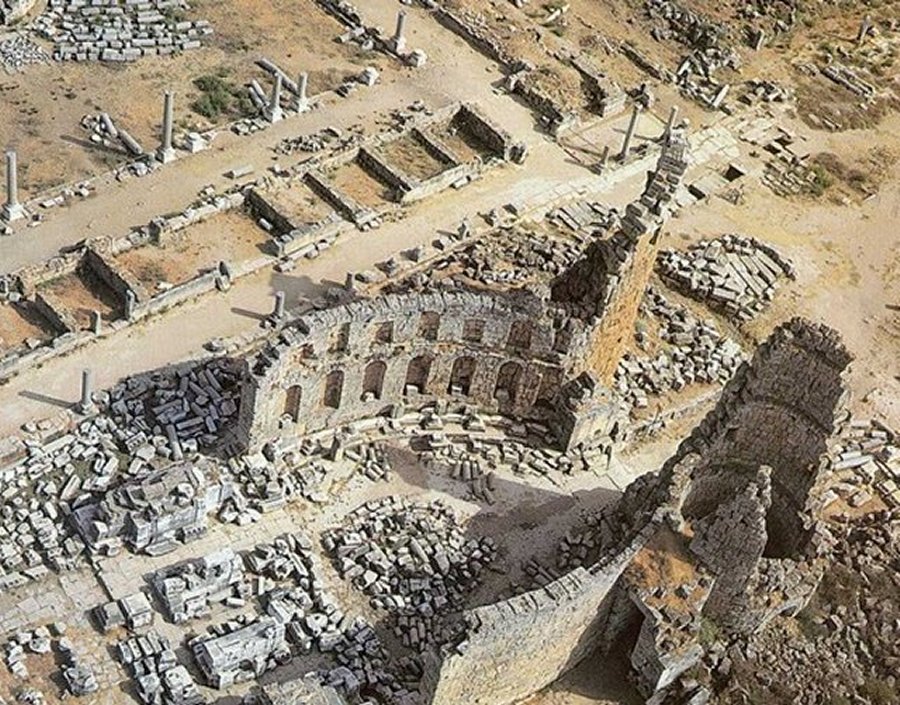
Perge is home to some 200 stone tombs as well as a still-functional fountain. Archaeological excavations have continued for the last three years in the area and revealed 13 rare sculptures; among them the Roman emperor Caracalla, a number of Greek gods and goddesses.
One of them is moon goddess Selene, a horse sculpture and fortune goddess Tykhe, (‘Fortuna’ in Latin), an important person and the main goddess of Perge.
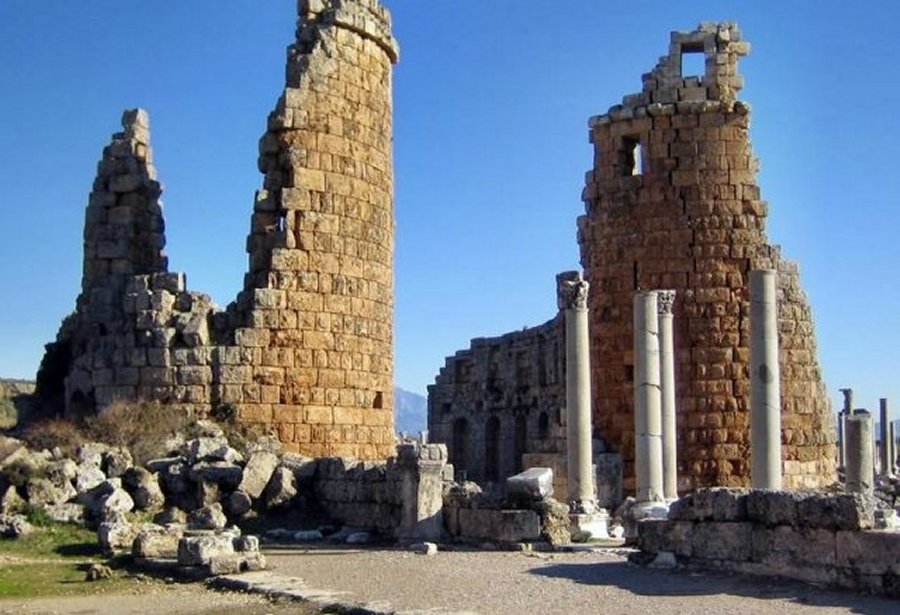
Kings of the Kommagene Dynasty from 80 BC to 72 AD ruled Adiyaman Province and its vicinity. This Kingdom, whose capital was Samosata, was founded around 80 BC by Mithridates 1, who was father of Antiochos 1.
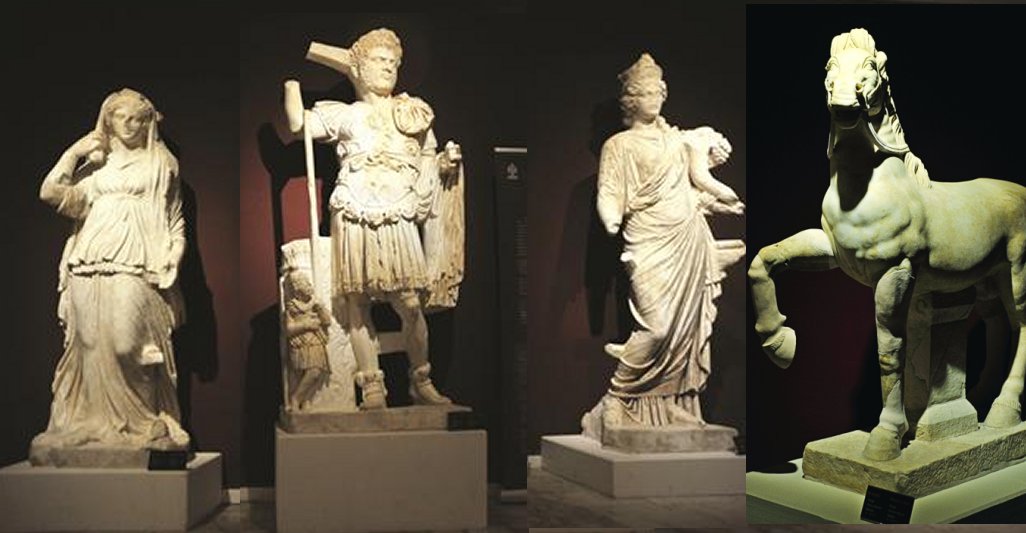
The kingdom’s independence came to an end with its defeat by Roman legions in the last of the Kommagene wars and it became part of the Roman Province of Syria.
The city of Perge – the focus of excavation – served as a resting place for travelers, caravans and armies.It is home to some 200 stone tombs as well as a still-functional fountain.
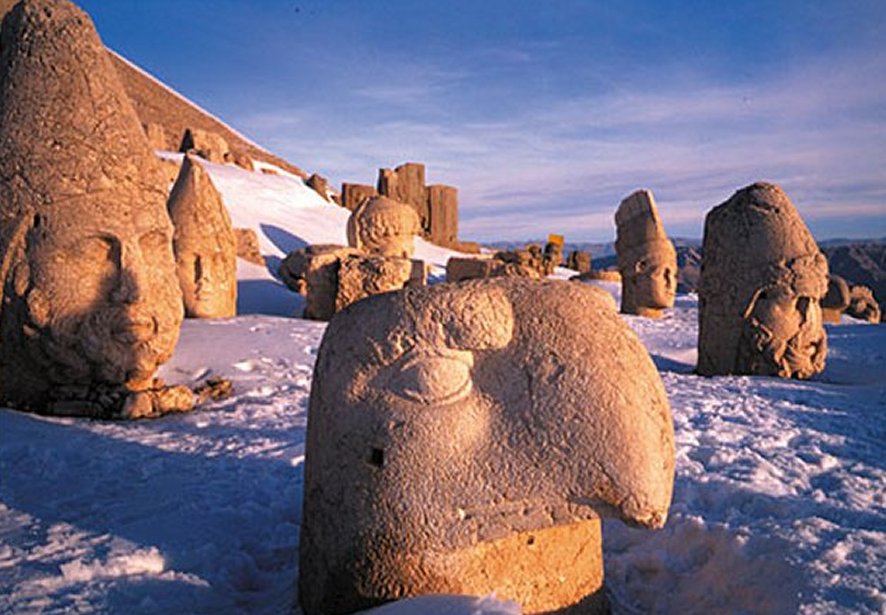
After more than 30 years, the head of Telesphoros dated to th 2nd century AD, was finally found. For the ancient Greeks, the sculpture, which symbolized recovery from illness, was first unearthed in 1981 in one of the oldest excavation areas, the ancient city of Perge. Telesphoros was the son of Asclepius, the god of medicine.
The sculpture, which is made up of one foot, two pieces of a body (symbolizing Asclepius) and a child’s body (symbolizing Telesphoros), is now at the Antalya Museum.
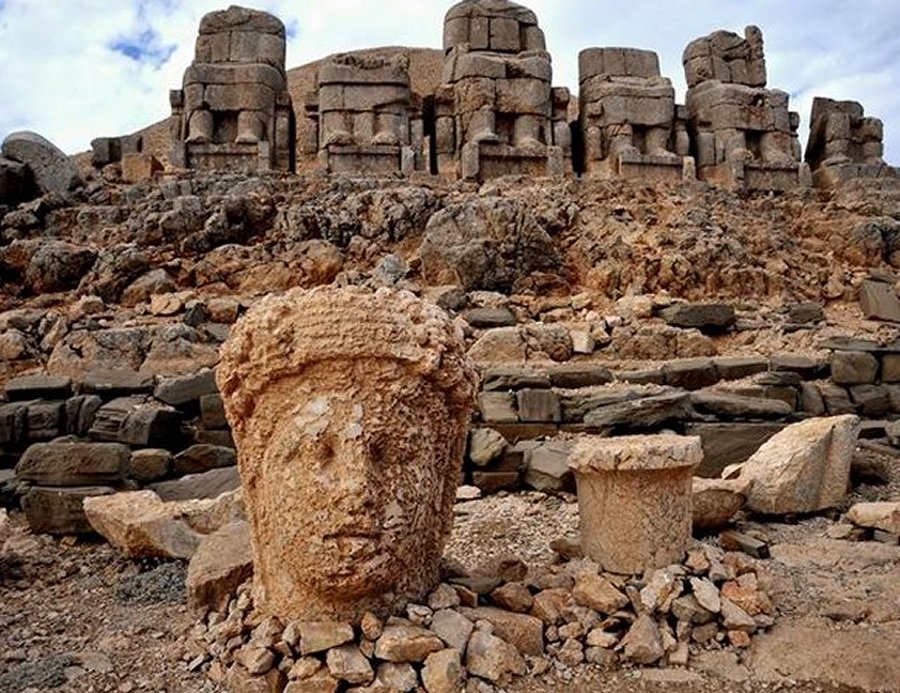
Perge was an important city for Christians of Perge who had worshipped the mother goddess Artemis. St. Paul and Barnabas visited the city and wealthy benefactors like Magna Plancia had a number of important memorials built here.
Ancient city of Perge has already revealed more than 363 historical and cultural artifacts as well as the stone tombs.
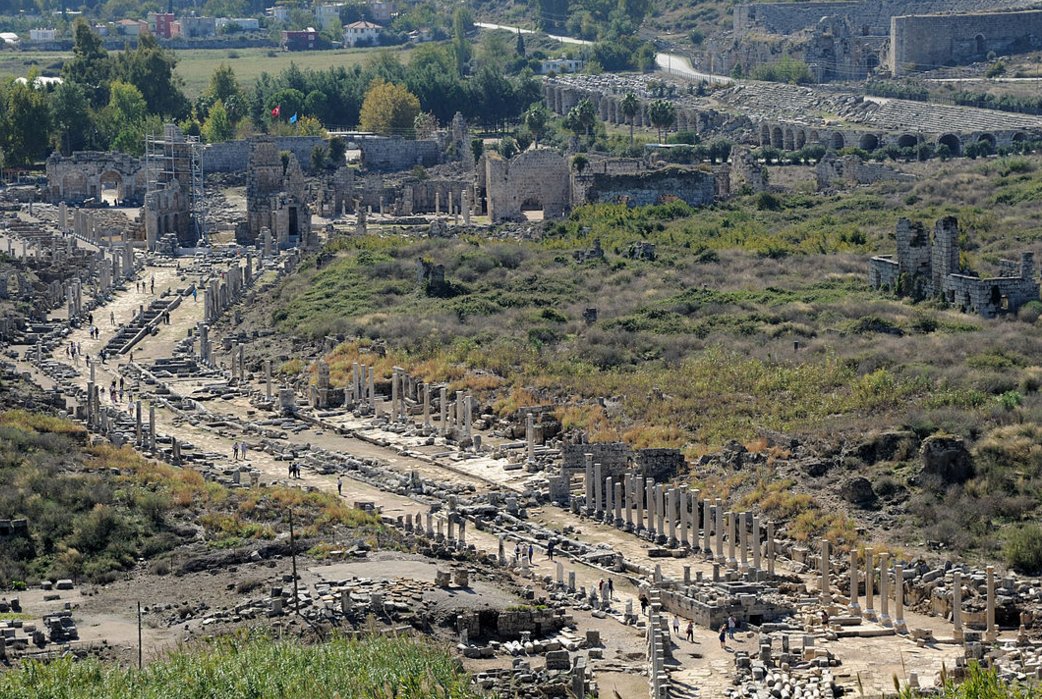
Future excavations will contribute with other traces of the Kommagene civilization, described by Strabo as a small but fertile country between the southeastern Taurus and the Euphrates in Anatolia.
Until the coming of the Romans, Commagene the richest kingdom in the arid south-east region. Its capital Samosata (Samsat) near Adiyaman, named after Samos I (3rd c. BC.), commanded a strategic crossing over the Euphrates, and it was this that enabled Ptolemeus, the local ruler, to take advantage in 163 BC of the power struggle between Alexander’s successors to make himself king of a small dominion which gradually developed into an independent state.
Copyright © MessageToEagle.com All rights reserved. This material may not be published, broadcast, rewritten or redistributed in whole or part without the express written permission of MessageToEagle.com
Expand for references

